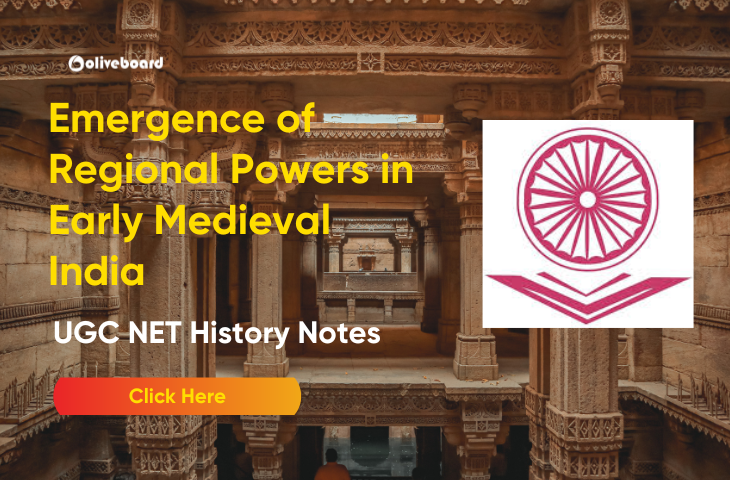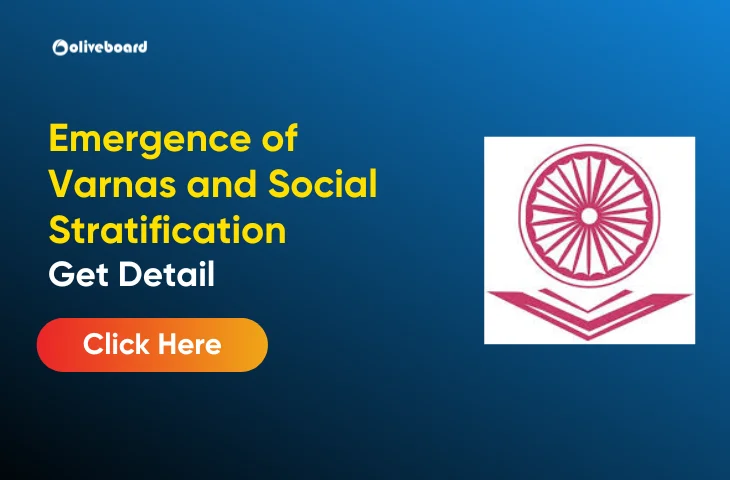Emergence of Varnas and Social Stratification
The emergence of Varnas and social stratification represents a key aspect of ancient Indian society. Over time, Indian society developed a complex system of classification, dividing people into distinct social groups known as Varnas. This system laid the foundation for social stratification, where individuals were categorized based on their occupation, birth, and function in society. In this article, we will explore the emergence of Varnas, the concept of social stratification, and how these systems shaped ancient Indian civilization.
What Are Varnas?
The term “Varna” is derived from the Sanskrit word “Vṛṇi,” which means “to choose” or “to select.” In ancient India, Varnas were the four broad categories of social classification. These categories were believed to be divinely ordained and were meant to establish order within society.
The Four Varnas
- Brahmins: The highest Varna in the social hierarchy, Brahmins were responsible for religious and scholarly duties. They were priests, teachers, and scholars, guiding society in spiritual matters.
- Kshatriyas: The Kshatriyas were the warrior and ruler class. Their primary role was to protect the land, maintain law and order, and rule the kingdom.
- Vaishyas: The Vaishyas were the merchant and agricultural class. Their responsibilities included trade, farming, and commerce, which contributed to the economic prosperity of society.
- Shudras: The Shudras formed the working class and were primarily involved in manual labor. They served the other three Varnas and had the least social mobility.
The Birth of Varnas
The emergence of Varnas and social stratification can be traced back to the Vedic period (1500 BCE to 500 BCE). The earliest references to Varnas are found in the Rigveda, where society was initially divided into these four groups. The Purusha Sukta, a hymn in the Rigveda, provides a mythological explanation for the creation of these Varnas, stating that the body of the primordial being, Purusha, was divided into four parts to create the four Varnas.
| Varna | Primary Role | Social Function |
| Brahmins | Priests, Scholars, Teachers | Religious and intellectual guidance |
| Kshatriyas | Warriors, Kings, Rulers | Protection and governance |
| Vaishyas | Merchants, Farmers, Traders | Economic activities, trade, agriculture |
| Shudras | Laborers, Servants | Manual work, serving other Varnas |
Social Stratification in Ancient India
The emergence of Varnas and social stratification went beyond just the four broad categories. Over time, the Varna system became more complex, giving rise to the caste system. While Varnas were initially flexible, the caste system introduced rigid social boundaries, and a person’s caste largely determined their occupation, social status, and relationships.
Key Features of Social Stratification
- Rigidity of Social Hierarchy: Unlike the original Varna system, where individuals could theoretically change their social position, the caste system introduced a rigid structure. People were born into a particular caste and could not easily change their status.
- Interdependence of Varnas: Despite the inequality, the Varnas were interdependent. Each Varna had a specific role to play in society, and their work was interconnected. The Brahmins, for instance, needed the services of the Shudras, while the Kshatriyas depended on the Vaishyas for economic prosperity.
- Cultural and Religious Justification: The caste system was reinforced by religious texts like the Manusmriti, which outlined the duties and responsibilities of each Varna. This system was often justified through divine sanction, where each caste was believed to have been created by God for a specific purpose.
Rise of the Caste System
The emergence of Varnas and social stratification gradually evolved into a more rigid caste system due to various factors such as:
- Agricultural Development: As society moved from a pastoral to an agrarian economy, the division of labor became more specialized. People in different occupations began to form distinct social groups.
- Religious Influence: Hindu religious texts reinforced the caste system, creating strong social and religious justifications for the divisions. The belief in karma and reincarnation also played a role in maintaining this structure, as people were seen as being born into their caste due to past actions.
- Political Control: Kings and rulers often supported the caste system to maintain social order and political control. By supporting the Brahmins and Kshatriyas, they ensured their rule was sanctioned by religious authority.
Impact of the Emergence of Varnas on Society
The emergence of Varnas and social stratification had several profound impacts on ancient Indian society. It helped to organize society but also led to social inequality.
Positive Aspects
- Order and Stability: The Varna system helped create a sense of order and structure. Each person had a specific role to play, contributing to the functioning of society.
- Economic Prosperity: The division of labor helped in the specialization of tasks. For example, merchants and farmers contributed to the economy, while Brahmins and Kshatriyas helped in governance and religious matters.
Negative Aspects
- Social Inequality: One of the major drawbacks of the caste system was the unequal treatment of individuals based on their birth. The Shudras and those outside the Varnas (like the Dalits) faced discrimination and were relegated to the lowest social status.
- Lack of Social Mobility: The rigidity of the caste system led to a lack of social mobility, where individuals had little opportunity to improve their status, regardless of their talents or abilities.
- Exclusion of Dalits: The caste system excluded certain groups, such as the Dalits (previously known as “Untouchables”), from participating in social and religious life. They were often subjected to severe discrimination and marginalization.
Conclusion
The emergence of Varnas and social stratification played a pivotal role in shaping the social, economic, and cultural landscape of ancient India. While it provided order and stability, it also led to deep-rooted inequalities that affected the lives of millions. The caste system, which evolved from the Varna system, created rigid social divisions that persisted for centuries, and its legacy continues to influence Indian society today.
Understanding the origins and impacts of Varnas and social stratification helps in appreciating the complexities of ancient Indian society. It also serves as a reminder of the importance of social reform in addressing issues of inequality and injustice.
Emergence of Varnas and Social Stratification – FAQs
Ans. The Varnas refer to the four major social divisions in ancient Indian society: Brahmins, Kshatriyas, Vaishyas, and Shudras.
Ans. Social stratification in India emerged through the establishment of the Varnas system, which organized society into hierarchical classes based on occupation and status.
Ans. Brahmins were priests and scholars, Kshatriyas were warriors and rulers, Vaishyas were traders and farmers, and Shudras were laborers and service providers.
Ans. The Varnas system created rigid social boundaries, limiting mobility and reinforcing hereditary roles within society.
- Ancient History of India – UGC NET History Notes

- Emergence of Regional Powers in Early Medieval India- UGC NET History Notes

- Emergence of Heterodox Sects – UGC NET History Notes

- UGC NET History Previous Year Question Paper, PDF Download

- Sangam Literature – UGC NET History Notes

- Mauryan Art and Architecture – UGC NET History Notes


Hello there! I’m a dedicated Government Job aspirant turned passionate writer & content marketer. My blogs are a one-stop destination for accurate and comprehensive information on exams like Regulatory Bodies, Banking, SSC, State PSCs, and more. I’m on a mission to provide you with all the details you need, conveniently in one place. When I’m not writing and marketing, you’ll find me happily experimenting in the kitchen, cooking up delightful treats. Join me on this journey of knowledge and flavors!
